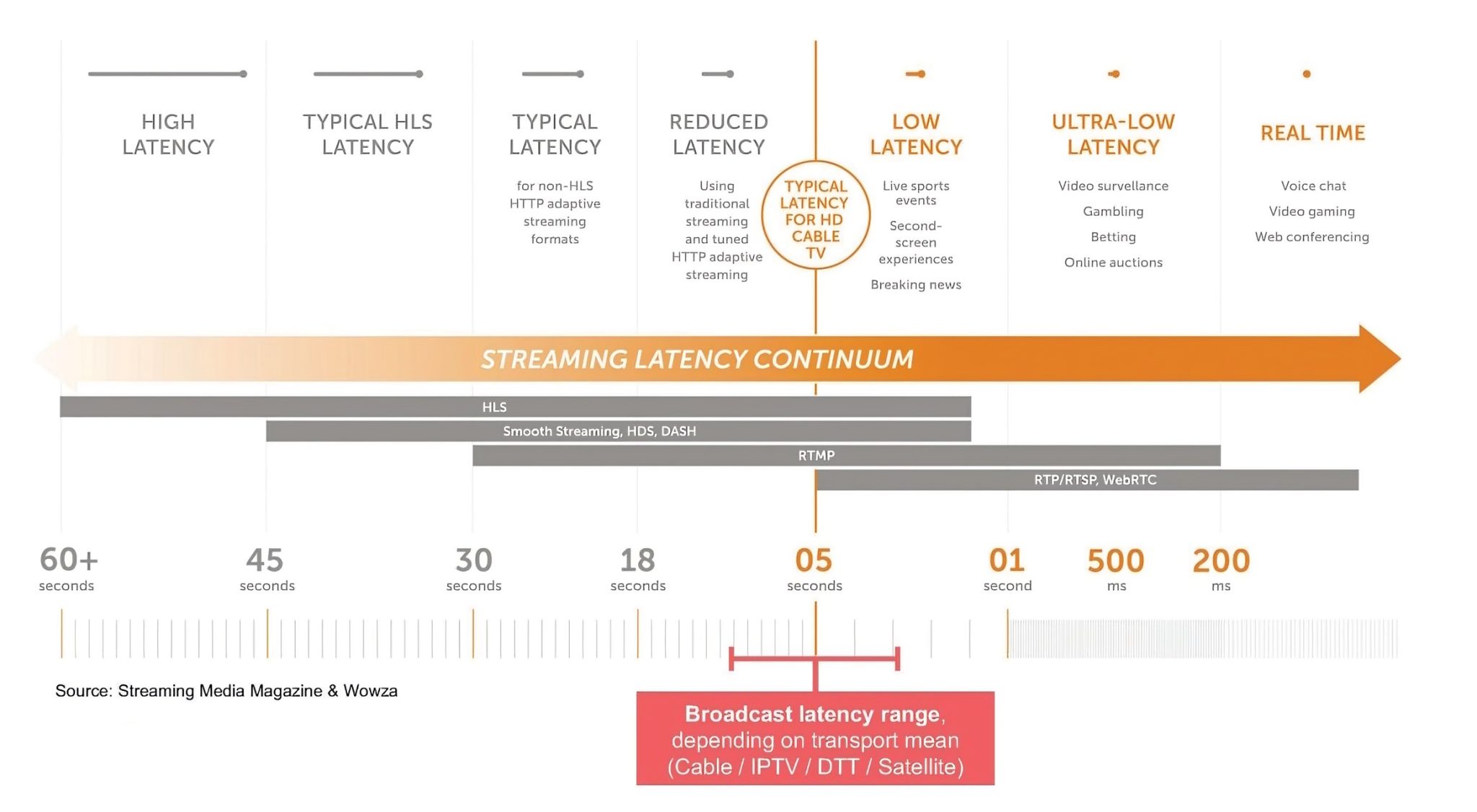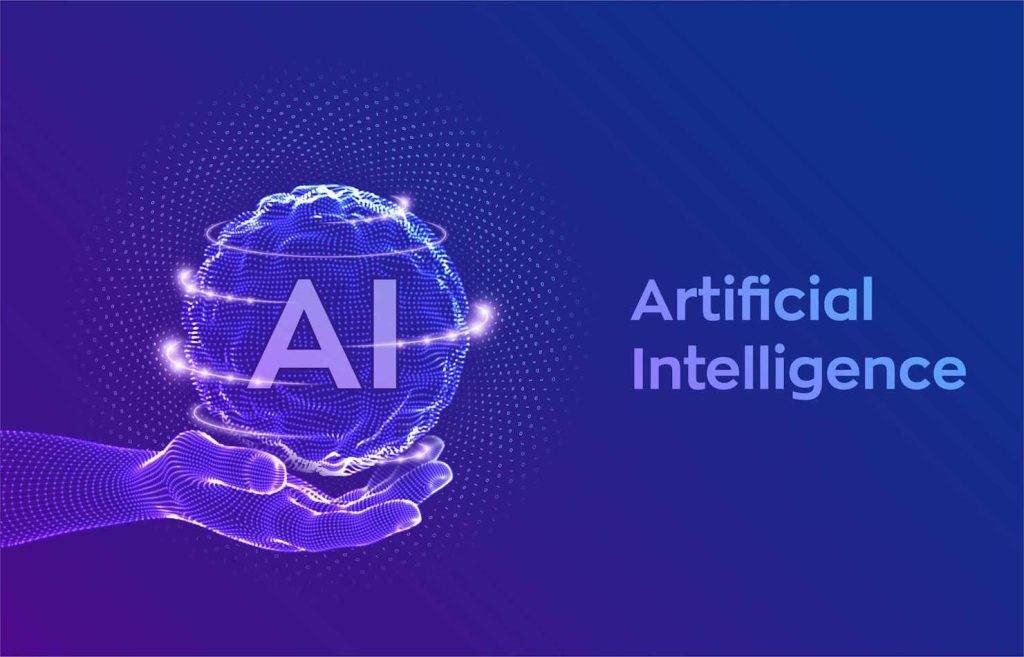In today’s rapidly advancing communication technologies, users increasingly expect real-time interaction. In this context, the concept of latency has become a critical component of user experience. Latency is the delay between when an event occurs and when it is viewed by an audience. This article explores the impact of latency in various communication technologies, the low latency advantages provided by WebRTC, and the integration of WebRTC with text-to-speech (TTS), speech-to-text (STT), large language models (LLM), and generative AI, referred to here as a new species, to enhance human communication.
The New Species of AI
The term “new species” reflects the transformative nature of advanced AI technologies, which are fundamentally changing how humans interact with machines. This new species of AI includes sophisticated TTS, STT, LLMs, and generative AI, which together create more natural, seamless, and intelligent interactions. Understanding and leveraging these technologies are crucial as they become increasingly integrated into various aspects of our daily lives.

Latency in Communication Technologies
Latency in Communication Technologies
Latency manifests differently across various communication technologies:
- Broadcast and Cable: Traditional broadcast methods (terrestrial TV, cable TV) typically operate with around 5 seconds of latency. This is the time it takes for an event happening in a stadium or on stage to be seen by viewers.
- Satellite Broadcast: Satellite transmissions have higher latency, usually around 12 seconds, due to the time required for the signal to travel to and from the satellite.
- OTT Streaming: Over-the-top (OTT) streaming over the internet has varying latency depending on the video protocol used.
- WebRTC: WebRTC offers the lowest latency, typically within the range of 1-10 milliseconds, making it ideal for real-time communication.
WebRTC and Latency
WebRTC (Web Real-Time Communication) is designed to facilitate real-time communication with minimal latency for audio, video, and data sharing. The low latency advantages of WebRTC include:
- Real-Time Communication: WebRTC reduces latency to milliseconds, making audio and video communication nearly instantaneous.
- SFU (Selective Forwarding Unit): WebRTC uses SFU to enhance communication efficiency. SFU enables multiple users to receive data streams simultaneously through a central server, minimizing latency.
- Adaptive Bitrate Streaming: WebRTC dynamically adjusts the bitrate based on network conditions to ensure continuous and low-latency streaming.
"Comparing WebRTC with Human Hearing"
The human ear can perceive delays as short as 20-30 milliseconds. Such delays are noticeable in musical performances or when someone hears their own echo. WebRTC's latency (1-10 milliseconds) is well below the human perception threshold, providing a seamless and natural real-time communication experience."
WebRTC and Text-to-Speech (TTS) Integration
Real-Time Voice Rendering: Integrated with WebRTC, TTS systems can convert written messages into speech instantly.
WebRTC and Speech-to-Text (STT) Integration
- Live Transcription: STT systems integrated with WebRTC can convert spoken words into text in real-time.
- Multilingual Support: Large language models enable instant transcription of content spoken in various languages, overcoming language barriers.
"In a fluent speech that doesn't distract or tire the listener, 125 to 175 words are used per minute. If you use fewer than 125 words per minute, you are speaking slowly. If you use more than 160-175 words per minute, you are speaking quickly.
In a fluent speech that doesn't distract or tire the listener, approximately 2.08 to 2.92 words are used per second."
WebRTC, Large Language Models (LLM), and Generative AI Integration
- Smart Assistants: Integrated with WebRTC, large language models can power smart assistants for real-time conversations, providing instant information, suggestions, and answers.
- Content Generation: Generative AI can create text, audio, or video content on demand, which can be delivered instantly via WebRTC.
Importance of Real-Time Interaction with AI
Real-time interaction with this new species of AI is essential for several reasons:
- Enhanced User Experience: Real-time communication ensures smooth, natural interactions, making technology more intuitive and user-friendly.
- Efficiency and Productivity: Instant responses and feedback can significantly boost productivity, whether in customer service, collaborative work, or personal tasks.
- Accessibility and Inclusion: Real-time TTS and STT make digital content more accessible to people with disabilities, promoting inclusivity.
- Educational Benefits: Personalized, real-time feedback and adaptive learning materials can enhance the educational experience and improve learning outcomes.
- Healthcare Advancements: Real-time AI can assist in telemedicine, providing immediate analysis and support, which is crucial in medical emergencies.
Application Scenarios
- Video Conferencing: Enhanced with real-time translation, subtitles, and voice response systems.
- Chat Applications: More accessible and interactive with TTS and STT integrations.
- Customer Support: Smart assistants powered by WebRTC can instantly answer customer queries and provide support.
- Educational Platforms: Personalized feedback and content generation improve learning experiences.
Technical Integration Steps
- API Integration: Utilize appropriate APIs for TTS, STT, and LLM services.
- WebRTC Libraries: Integrate WebRTC libraries (e.g., Google WebRTC) for browser and mobile device compatibility.
- Real-Time Data Processing: Establish infrastructure for low-latency data processing and transmission.
- Security and Privacy: Implement encryption and other security measures to ensure the safety of communications.
Conclusion
Veriyaz’s AI assistance, by integrating advanced WebRTC technologies, plays a pioneering role in connecting humans with the digital species of artificial intelligence through both web and application platforms. By enabling real-time communication with minimal latency, Veriyaz facilitates seamless interaction between AI and humans, significantly enhancing user experiences. This collaboration marks a significant step towards a future where humans and machines work together more efficiently and effortlessly, making daily tasks and complex challenges easier to manage. Veriyaz’s innovative approach underscores the importance of AI-human synergy in achieving a more advanced and harmonious digital future.




